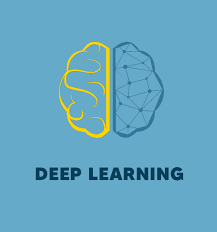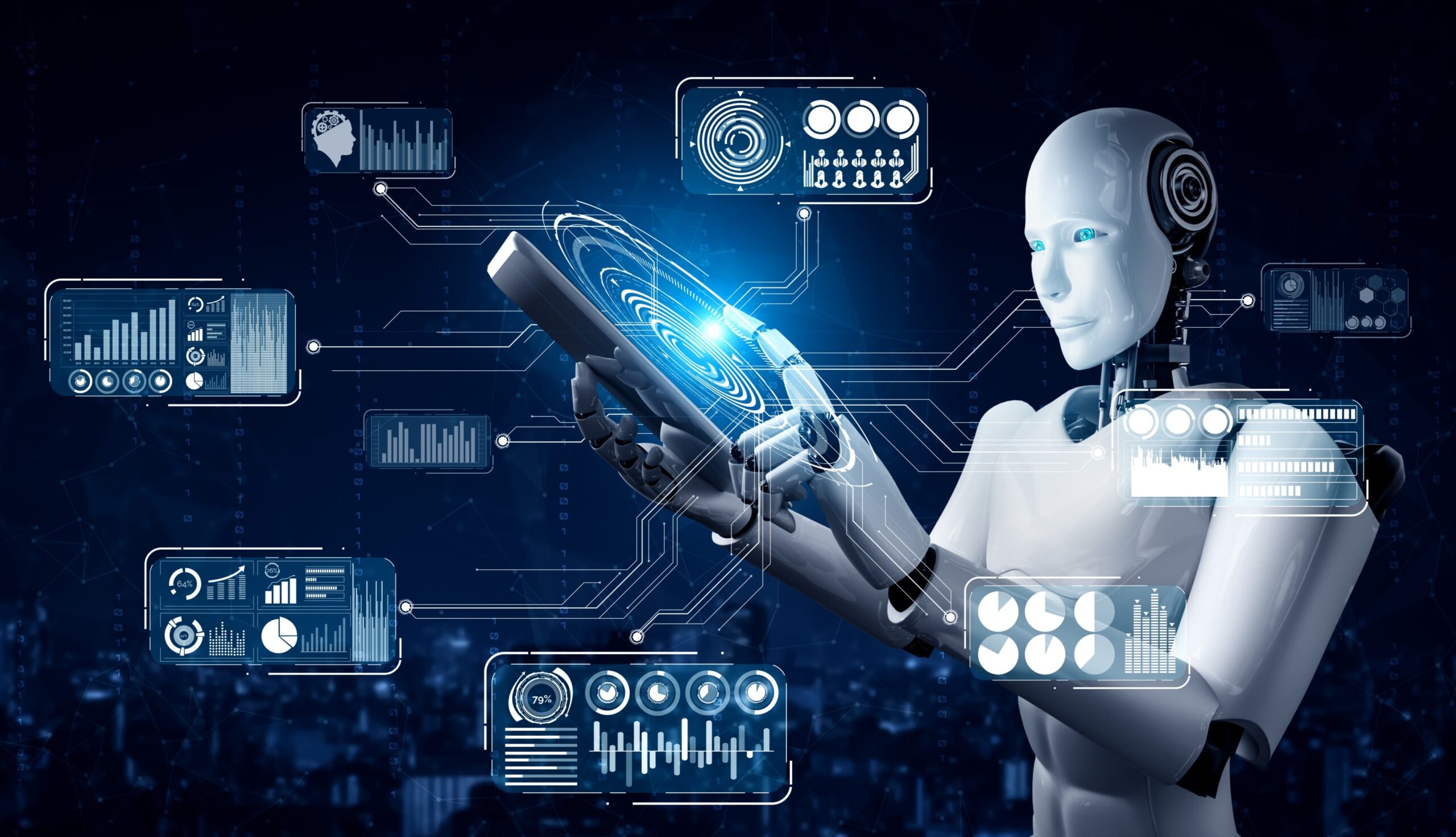Description
Introduction of Autonomous Systems
Autonomous systems are revolutionizing industries, transforming how machines interact with their environment and perform tasks with minimal human intervention. This training course will delve into the integration of artificial intelligence (AI) and robotics to build fully automated systems across various sectors. Participants will explore the key technologies enabling these systems, such as AI-driven decision-making, robotic hardware, sensor integration, and advanced algorithms for autonomy. By the end of the course, participants will have a deep understanding of how AI and robotics work together to create sophisticated autonomous solutions for industries like manufacturing, logistics, healthcare, and transportation.
Prerequisites
To benefit from this course, participants should have:
- Basic understanding of AI and robotics (prior knowledge in either area is recommended but not mandatory)
- Interest in automation and advanced technologies (no specific technical background in programming or engineering required)
- Familiarity with control systems or basic electronics (helpful but not essential for the hands-on labs)
Table of Contents
1: Introduction
- What Are Autonomous Systems?
- Definition and key characteristics of autonomous systems
- Historical evolution and technological advances in automation
- Industries Benefiting
- Overview of industries: manufacturing, logistics, healthcare, agriculture, and transportation
- Examples of successful autonomous system implementations
- Key Components
- AI, robotics, sensors, actuators, and control systems
2: AI for Autonomous Decision-Making
- AI in Autonomous Systems
- How AI enables systems to make decisions and adapt to changing environments
- Machine learning and deep learning algorithms for perception, planning, and control (Ref: Quantum Algorithms: A Hands-On Approach)
- AI in Real-Time Data Processing
- AI applications for real-time data analysis and decision-making
- Autonomous navigation, object detection, and route optimization
- Hands-On Lab: Developing a simple AI algorithm for real-time decision-making in an autonomous robot
3: Robotics and Automation
- Introduction to Robotics for Automation
- Key robotic components: sensors, motors, actuators, and control units
- Robotic hardware architectures and their role in automation
- Collaborative Robots (Cobots)
- Exploring cobots and their role in human-robot collaboration in industrial automation
- Safety and efficiency considerations in automated environments
- Hands-On Lab: Building and programming a basic robotic system for autonomous tasks
4: Sensors and Perception in Autonomous Systems
- Sensors in Autonomous Systems
- The role of sensors in enabling perception: cameras, LIDAR, RADAR, ultrasonic sensors, and GPS
- Data collection from the environment and feeding it to AI systems for decision-making
- Sensor Fusion and Integration
- Combining data from multiple sensors to enhance system awareness and accuracy
- Applications of sensor fusion in autonomous navigation and obstacle avoidance
- Hands-On Lab: Integrating sensors into a robotic platform for obstacle detection and avoidance
5: Autonomous System Architectures and Control
- Control Systems for Autonomous Robots
- Overview of control algorithms: PID controllers, Model Predictive Control (MPC), and adaptive control
- Closed-loop vs open-loop control in robotic systems
- Architectures for Autonomous Systems
- Centralized vs decentralized control architectures
- Importance of real-time operating systems in autonomous control
- Hands-On Lab: Implementing a control system to manage the behavior of a simple autonomous robot
6: AI and Robotics in Specific Industries
- In Manufacturing
- Role of AI and robotics in smart factories and Industry 4.0
- Autonomous material handling, assembly, and quality inspection
- In Transportation
- AI and robotics in self-driving cars, drones, and autonomous logistics
- Current challenges and regulations for autonomous transportation
- In Healthcare
- Robotic surgeries, autonomous patient monitoring, and hospital automation
- The impact of AI-driven robots in improving healthcare outcomes
- Hands-On Lab: Developing a use case for an autonomous system in a chosen industry
7: Ethics, Challenges, and its Future
- Ethical Considerations in Autonomous Systems
- Ethical challenges: AI bias, decision-making responsibility, and job displacement
- Ensuring safety, security, and reliability in autonomous systems
- Challenges in Autonomous Systems
- Technical hurdles: perception in complex environments, data limitations, and real-time response
- Societal and regulatory barriers to widespread adoption
- The Future of Autonomous Systems
- Trends shaping the future: swarm robotics, AI-robot collaboration, and autonomous infrastructures
- Emerging markets and opportunities for autonomous systems in new industries
- Final Project: Design and propose a comprehensive autonomous system for a specific industry, integrating AI, robotics, and sensor technologies
Conclusion
This training provides participants with the knowledge and practical skills to design, implement, and manage next-gen autonomous systems by leveraging AI and robotics. By the end of the course, participants will be equipped to create advanced solutions for real-world automation challenges across various industries, preparing them for the growing impact of autonomous technologies in the future.







Reviews
There are no reviews yet.